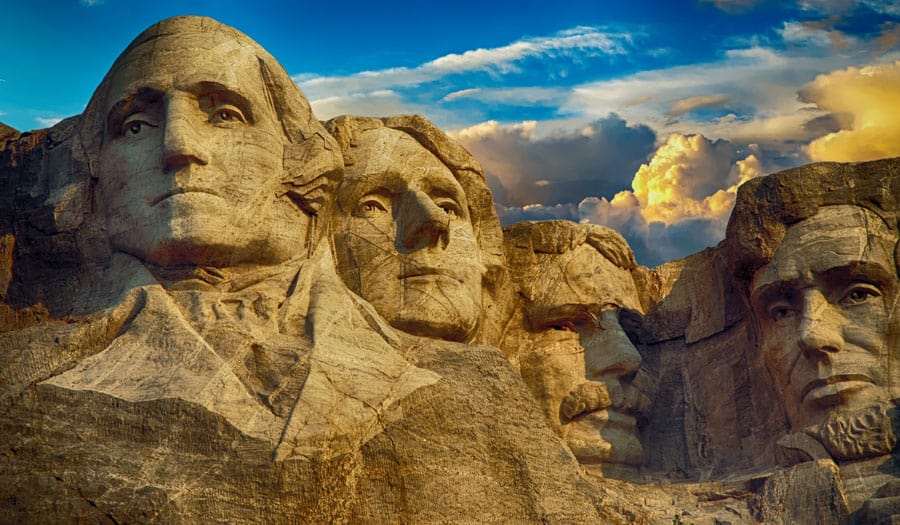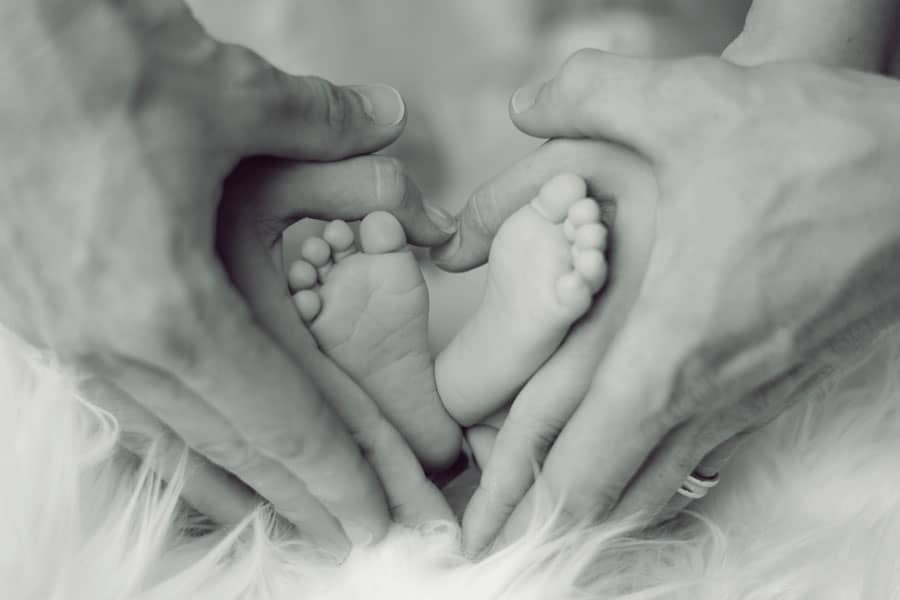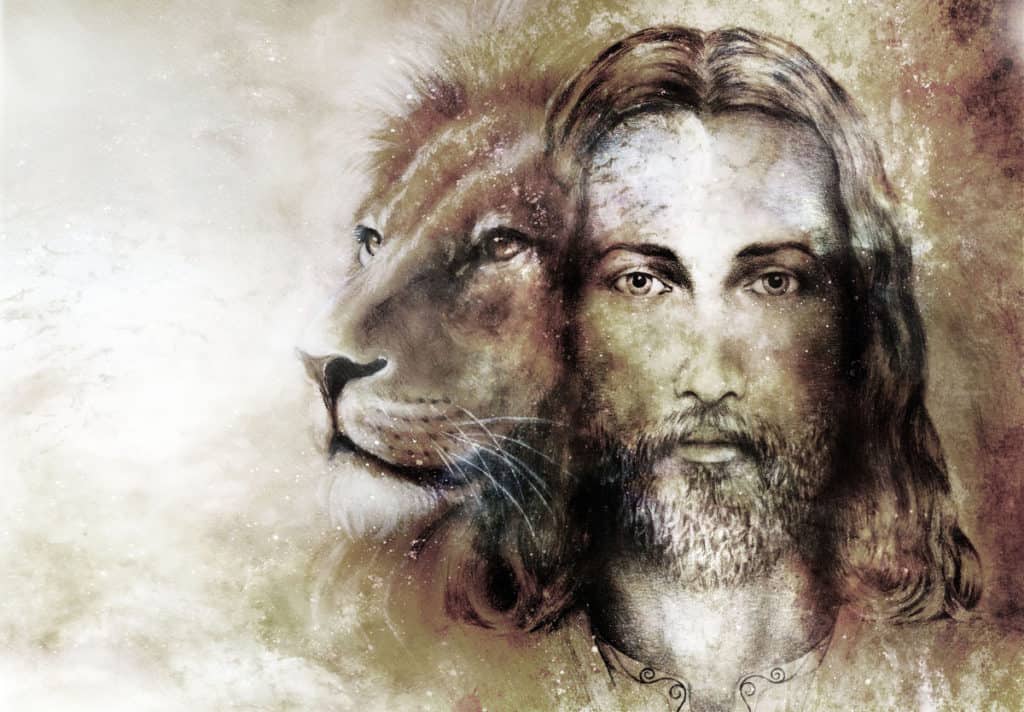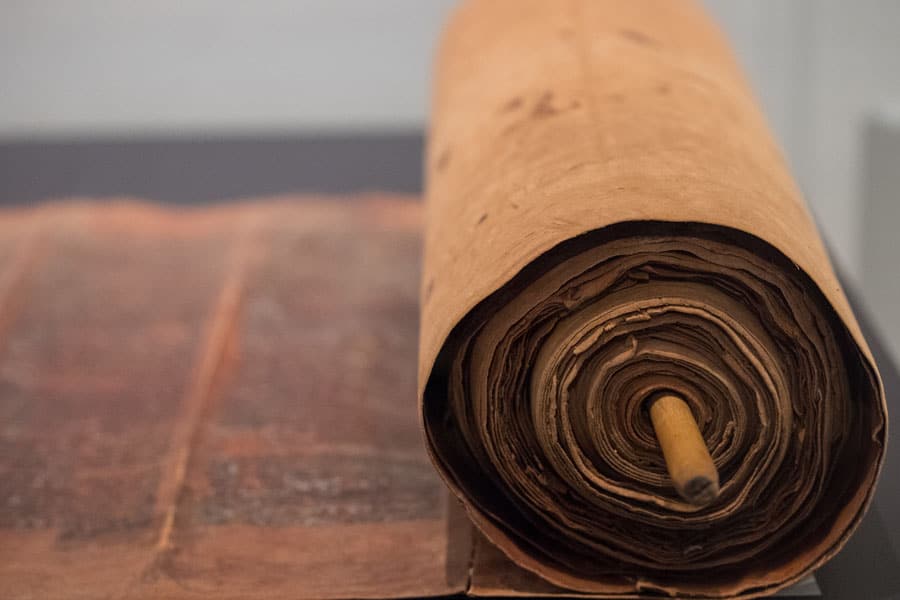Do you have any family tree ancestry? Maybe you can go back many generations. For many of us, we can’t go back that far. That is ok, God has provided a spiritual family tree that we can all be part of.
The family tree or genealogy in the Bible is a history of succession to help us trace God’s faithful promise with His people. In each generation, one person was always chosen to continue on God’s promise.
If this promise was dependent on sinless people it would have ended quickly. Everyone is a sinner, some worse than others, even in the Bible.
The succession was a permanent promise, showing God’s faithfulness. When people lost sight of the succession, they were lured away by all sorts of false teachers and distorted promises. We want to follow God’s promise.
Let’s start by looking at the Old Testament genealogy from Adam to the Babylonian Exile…
Old Testament Genealogy
God creates….
Adam (Gen 1-3)
Seth ( Gen 5:3-32)
Enosh
Kenan
Mahalalel
Jared
Enoch
Methuselah
Lamech
Noah
Shem (Gen 11:10-26)
Arpachshad
Shelah
Eber
Peleg
Reu
Serug
Nahor
Terah
Abram (Abraham)
Isaac ( Gen 21:3)
Jacob (Israel) (Gen 25:19)
Judah (Gen 29:35)
Perez (Ruth 4:18-22)
Hezron
Ram
Amminadab
Nahshon
Salma
Boaz & Ruth
Obed
Jesse (stump of Jesse)
David
Solomon
Rehoboam (1 Kings 11:43)
Abijah
Asa
Jehoshaphat
Jehoram/Joram
Ahaziah
Athaliah
Joash
Amaziah
Uzziah
Jotham
Ahaz
Hezekiah
Manasseh
Amon
Josiah
Jehoahaz
Jehoiakim/Eliakim
Johoiachin
Zedekiah
(Babylonian Exile)

When the people returned to Israel after 70 years in Babylonian captivity, the importance of genealogy was demonstrated. Only the priests who could prove their ancestry were allowed back. The ones who could not were excluded from the priesthood.
Ezra 59-62
59 The following who returned from Tel-melah, Tel-harsha, Cherub, Addan, and Immer were unable to prove that their ancestral houses and their descent were Israelite:
60 descendants of Delaiah, descendants of Tobiah, descendants of Nekoda, six hundred and fifty-two.
61 Also, of the priests: descendants of Habaiah, descendants of Hakkoz, descendants of Barzillai (he had married one of the daughters of Barzillai the Gileadite and was named after him).
62 These searched their family records, but their names could not be found there, and they were excluded from the priesthood.

Matthew’s Genealogy
When Matthew begins his gospel and is describing Jesus as the Messiah, he knows that in order for the Jews to believe him, he must show them proof of Jesus’ genealogy. That is why he begins his gospel with a list of names to prove it. Without that, no respectful Jew would listen.
Matthew goes as far back as Abraham, through the Babylonian captivity, and all the way to Jesus. He summarizes some for literary reasons and assumes his audience understands.
List of Kings and Presidents
We might do the same when writing a paper having to do with Kings or Presidents. We may not care to list every single King or President to make our points, but selecting a few to establish what time and country we are talking about.

Matthew is not merely writing a 21st-century history account. He interweaves Biblical themes… He chooses 40 people to get from Abraham to Joseph, 40 being a symbolic time of waiting. Israel spent 40 years in the desert, and is now waiting for the Messiah.
Matthew uses a literary mnemonic of 3 groupings of 14 generations. David may be counted more than once, or some people may be left out. He is talking generations, not an exact # of people. He is using both a literary device and the genealogy to make his point.
His genealogy would catch the attention of the Jewish reader, like saying to us ‘Are you looking for the Messiah? Here is some proof.”
Mathew 1:1-16
Abraham
Isaac
Jacob
Judah
Perez
Hezron
Ram
Amminadab
Nahshon
Salmon & Rahab
Boaz & Ruth
Obed
Jesse
David
Solomon
Rehoboam
Abijah
Asaph
Jehoshaphat
Joram
Uzziah
Jotham
Ahaz
Hezekiah
Manasseh
Amos
Josiah
Jechoniah
Shealtiel
(Babylonian Exile)
Zerubbabel
Abiud
Eliakim
Azor
Zadok
Achim
Eliud
Eleazar
Matthan
Jacob
Joseph (foster father)
Jesus
Luke’s Genealogy

Luke’s genealogy is a bit different, instead of starting with the older ancestors, he starts with Jesus and goes backward to Adam. This approach would be helpful to a new convert who was not as familiar with the Old Testament names as the Jews. Luke is primarily writing to Gentiles (like many of us).

Whereas Matthew starts at Abraham and assumes the Jewish audience would know the rest, Luke traces the genealogy all the way back to Adam.
Why are there 2 lines?
You may notice that between David and Jesus, Luke and Matthew’s account differ a lot, with Matthew’s going through the line of Solomon and Luke’s going through the line of Nathan; both David’s sons, both from the line of David, both from the tribe of Judah, both on the promised line of the Messiah. We don’t have a problem with either one, as both get to Jesus.
Biological
The Biological genealogy of Jesus is through Mary. We need to keep in mind that this was a Patristic society, so the names in the genealogy are male. Marys’ name would not be used, but it would continue thereafter with her father to show Jesus’ biological roots to David.
Legal Covenant and Kingship
The Covenant and kingship line of David went through Solomon and all the was to Joseph. As the foster father of Jesus, Joseph passes on the Covenant, kingship, and legal rights of the promise to Jesus.
In Old Testament times, the Jewish people often married within the same tribe so there is nothing unusual about Mary and Joseph having a different set of ancestors for a while leading back to a common ancestor in David.
Proof of the Messiah lineage both ways
By having both lineages of Matthew and Luke we have proof of Jesus as the fulfillment of the genealogies whether we want to look from the biological, Covenant, spiritual, or legal approach. His family history fulfills all the requirements for the Messiah.
Luke 3:23-38

Jesus
(Mary)Joseph
Heli
Matthat
Levi
Melchi
Jannai
Joseph
Mattathias
Amos
Nahum
Esli
Naggai
Maath
Mattathias
Joda
Joanan
Rhesa
Zerubbabel
(Babylonian Exile)
Shealtiel
Neri
Melchi
Addi
Cosam
Elmadam
Er
Joshua
Eliezer
Jorim
Matthat
Levi
Simeon
Judah
Joseph
Jonam
Eliakim
Melea
Menna
Mattatha
Nathan
David
Jesse
Obed
Boaz
Sala
Nahshon
Amminadab
Admin
Arni
Hezron
Perez
Judah
Jacob
Isaac
Abraham
Terah
Nahor
Serug
Reu
Peleg
Eber
Shelah
Cainan
Arphaxad
Shem
Noah
Josech
Semein
Lamech
Methuselah
Enoch
Jared
Mahalaleel
Cainan
Enos
Seth
Adam
GOD

Our Spiritual Family Tree
Whatever our biological family tree is, we can be connected to the Lord’s promise through Jesus and can connect our lives to His heavenly family tree.
Jesus is the Messiah.
Matthew 1:1
1 The record of the genealogy of Jesus the Messiah, the son of David, the son of Abraham:
Matthew 21:9
The crowds preceding him and those following kept crying out and saying:
“Hosanna* to the Son of David;
blessed is he who comes in the name of the Lord;
hosanna in the highest.”
Hebrew 7:14
14 It is clear that our Lord arose from Judah
Revelation 22:16-17
16 “I, Jesus, sent my angel to give you this testimony for the churches. I am the root and offspring of David, the bright morning star.”
17 The Spirit and the bride* say, “Come.” Let the hearer say, “Come.” Let the one who thirsts come forward, and the one who wants it receive the gift of life-giving water.
This May Interest You: The Early Church
Would You Like to Read a Quiet Psalm? – Click Here
Need any Bible Accessories? – Visit Our Online Gift Store

Scripture texts in this work are taken from the New American Bible, revised edition © 2010, 1991, 1986, 1970 Confraternity of Christian Doctrine, Washington, D.C. and are used by permission of the copyright owner. All Rights Reserved. No part of the New American Bible may be reproduced in any form without permission in writing from the copyright owner.
